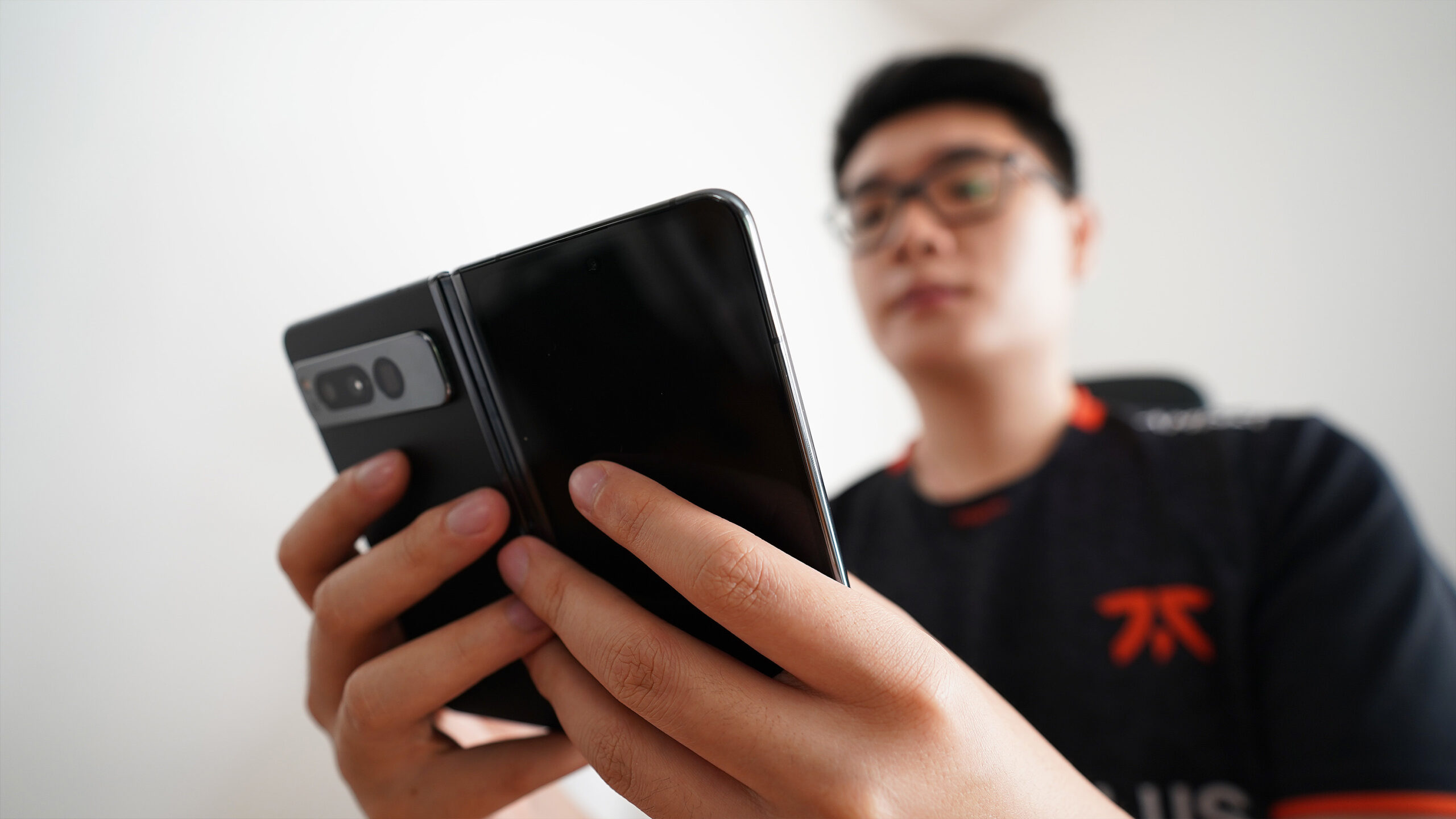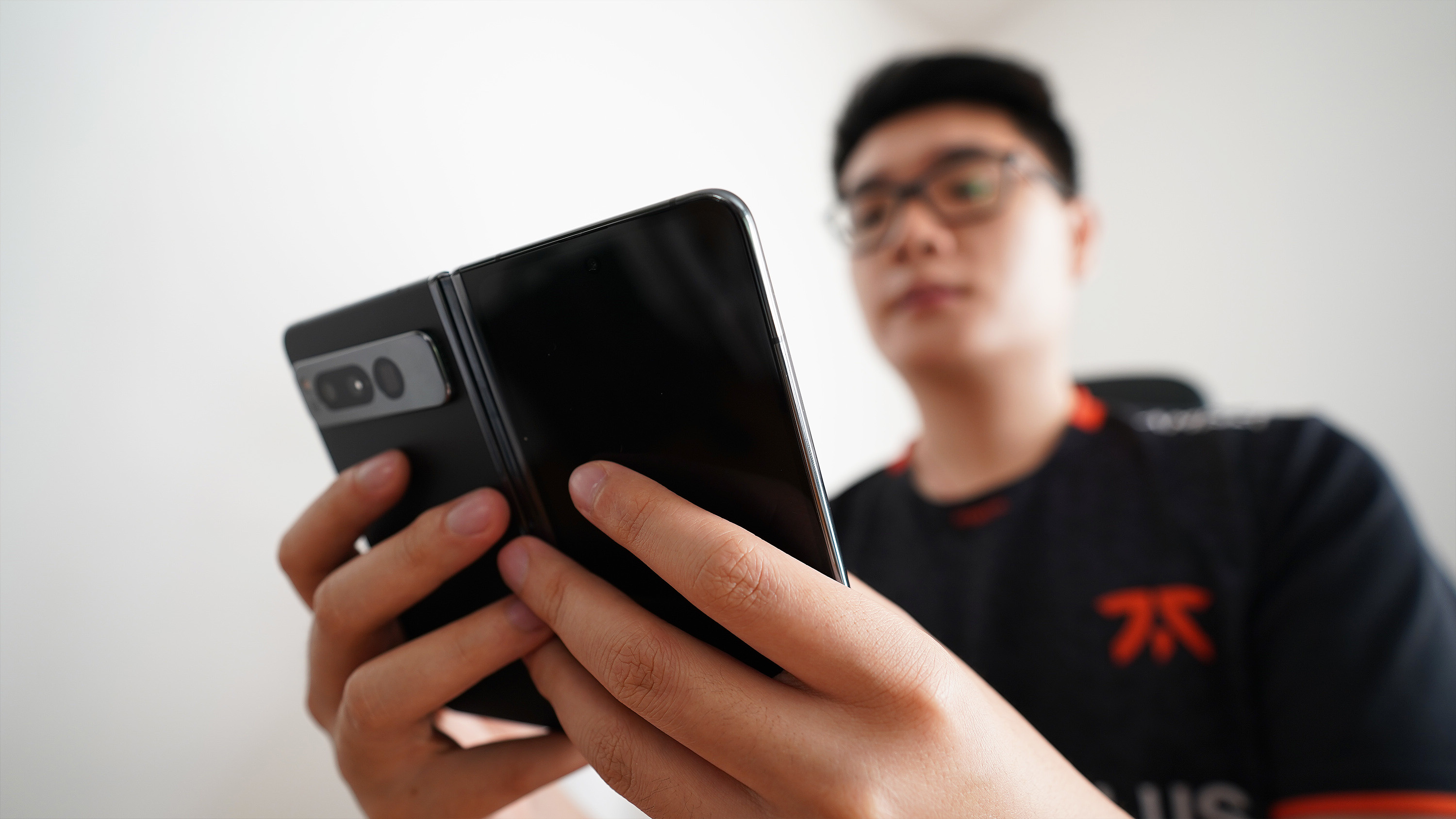Android: a “Find My Device” network? A few pointers on the fact that it happens


The launch of Google’s Find My Device network is getting closer. Geolocation settings choices have begun to appear in the operating system settings menu.
Earlier this year, Google announced the launch of a “Find My Device” network that works in much the same way as Apple, using devices belonging to other people to find your missing devices. This launch was delayed in July to give Google time to set up alerts of unwanted trackers. But it seems that things are progressing again since the settings screen of Android’s Find My Device is receiving new geolocation-based sharing options.
Spotted for the first time by 9to5Google, which digs through the code to find features that may not yet be fully available, a settings page is hidden deep in the files of the Find My Device application (it is hidden from the public for now but will be available when the service is actually launched) and allows you to choose how you want to find a lost device, which is not connected to the Internet.
-
The first option, “Disabled”, corresponds to the current operating mode of Find My Device. When this option is selected, a missing device cannot be found if it is not connected to the internet. - The next option is “Without network”. Select this option and you will be able to find your device by consulting the last known locations where it was online. This method still does not use a network connection, but it offers a little more information.
- The third option is the first to use a real network: the option “With network in high traffic areas only”. By choosing this option, your device will use other Android devices connected to the internet to find yours, but only in what Google calls “very busy” areas, such as an airport or a busy walking path. This means that your device will not be located if only one person passes nearby. On the contrary, several other devices will be needed (the exact definition of “high traffic” is unclear).
Some questions regarding the protection of privacy
The last option, which also uses the connectivity of other people’s devices, is “With network in all areas”, which means that you will use other people’s devices to find yours, wherever they are, even in an area that is not necessarily very busy.
Of course, this raises some privacy issues. What exactly happens when your device helps someone you don’t even know find their own? To explain the process, Google writes: “To preserve privacy and security, the positions of your devices are encrypted using the PIN code, pattern or password of your Android devices and are not visible to Google.”
The company also assures users that even if your device is used to help someone else find their own, that person will not be able to see anything about you or your device.
To make sure that the Find my Device option is enabled on your Android phone, go to Settings, Security and Privacy, then to Find my device.
For now, no official launch date has been set for Android’s Find My Device network. But changing the settings at least indicates that there is some activity, and portends that the feature will be launched earlier than expected.
Source: “ZDNet.com “








